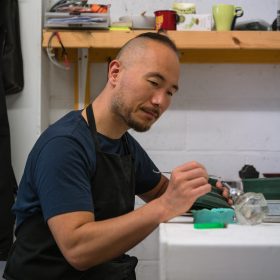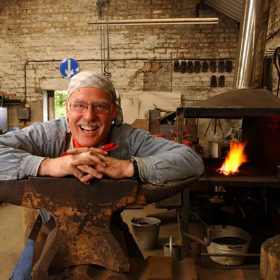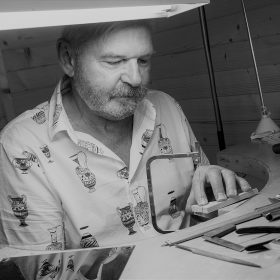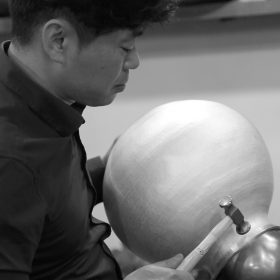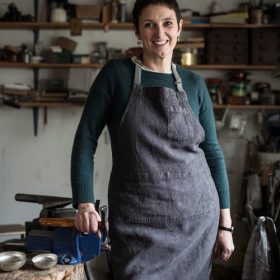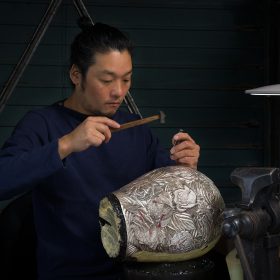The Scottish Gallery presents The Miniaturists – an intriguing collection of beautifully made works of art on a small scale. The title of the exhibition is inspired by the fictional novel of the same name, which centred around the 17th century doll’s house made famous by Petronella Oortman of Amsterdam. There is something inherently covetable about small, beautifully made, transportable objects that can be treasured forever. The Miniaturists features an international selection of artists who have made unique works in various materials encompassing glass, silversmithing and ceramics.
Exhibiting artist include: Vicki Ambery-Smith, Malcolm Appleby, Claus Bjerring, Ane Christensen, John Creed, Jack Cunningham, Patrick Davison, Jennifer Hickey, Kathryn Hinton, Adrian Hope, Kyosun Jung, Choi Keeryong, William Lee, Grant McCaig, Angus McFadyen, Cara Murphy, Anthony Scala, Yuta Segawa, Graham Stewart, Hiroshi Suzuki, Adi Toch, Andrea Walsh, Yusuke Yamamoto.
Due to the special nature of this exhibition, we are running The Miniaturists for three months.


